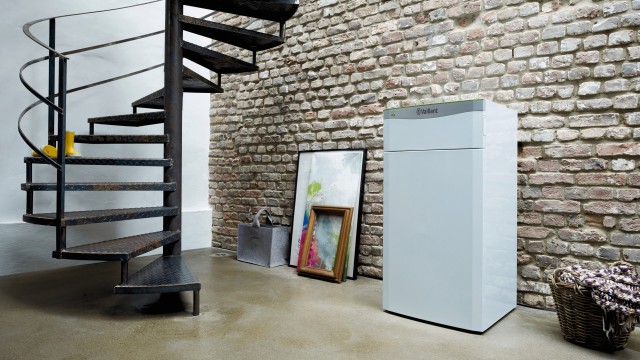Heat pumps work by extracting environmental energy (air, water or heat from the ground) which is then converted using a refrigerant inside the heat pump to generate heating and hot water for your home.
They are a more efficient method of heating your home compared to gas boilers but similarly to boilers, heat pumps still require a service. All checks on a heat pump should be carried out by a qualified MCS heating engineer.
In this guide we are going to explain the importance of having your heat pump serviced and what a service includes.



_image_640w_480h.jpg)
_image_640w_360h.jpg)
